The artwork is NOT the typical illustrations you'd expect in a picture book. Rather, they are photographs of elaborate, multimedia dioramas that frankly blow this book far and away from others.
This book is an ode to how we are intricately connected to the fabric of the Earth. Through its framework we follow particles from the big bang through to the arrival of our existence on Earth, meandering along poetic stanzas that weave scientific facts into the explanation of the singularity of the our planet's ecosystem.
But the innovative beauty of the artwork makes this book special. I fervently wished they had published this book in pop-up form.

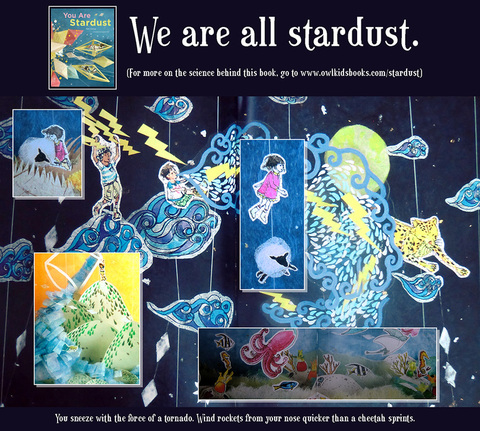
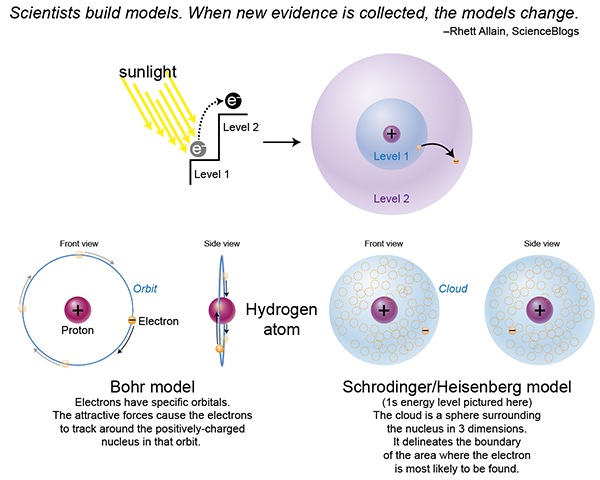
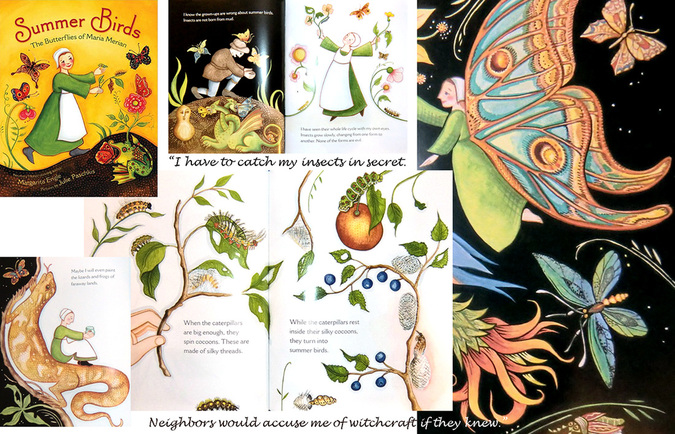
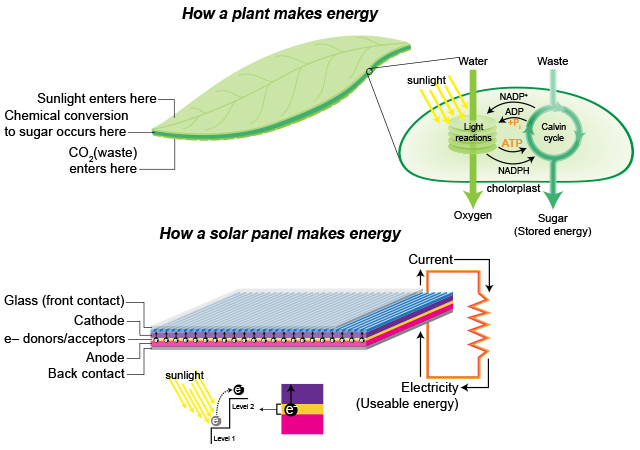
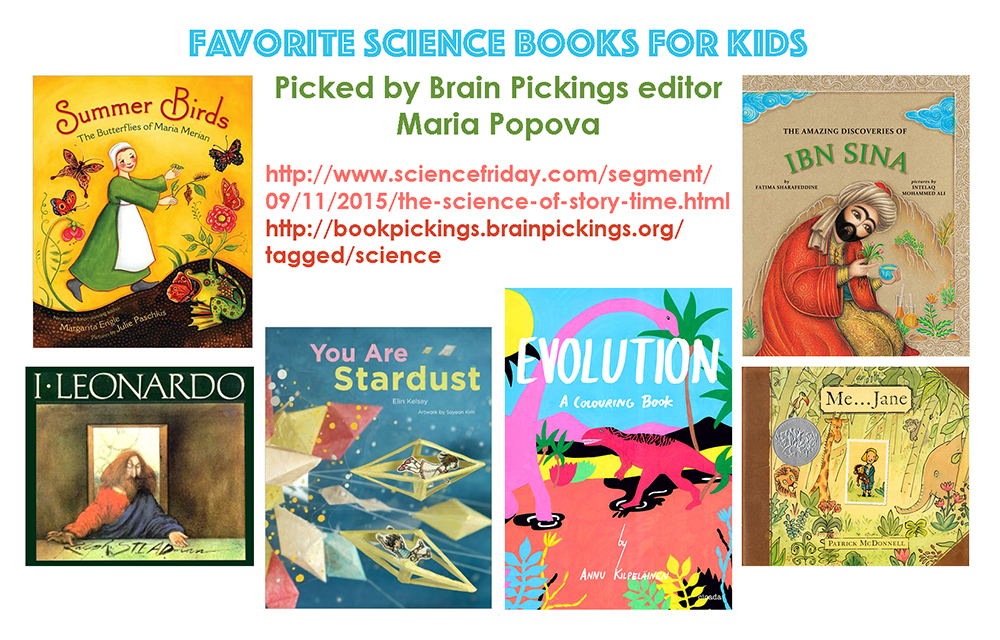
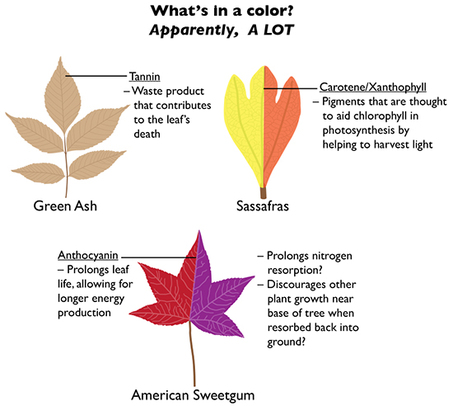
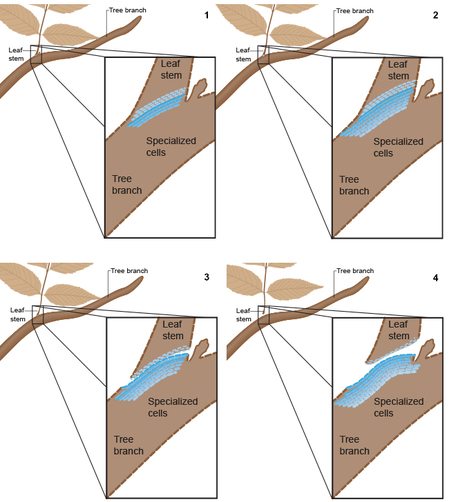
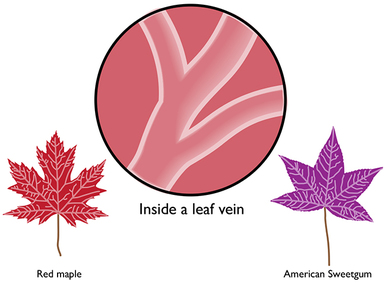
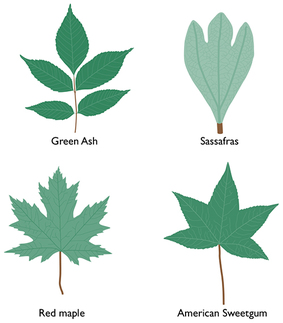
 RSS Feed
RSS Feed
